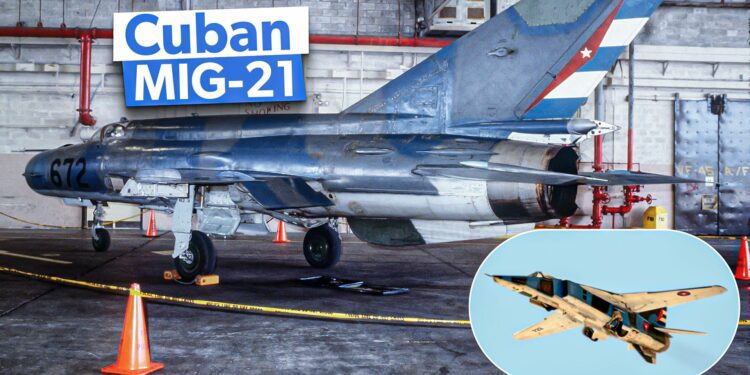Swedish Gripens for Ukraine remains on the table only after F-16s arrive to relieve the country’s significant logistics strain.
Cuba’s Soviet MiGs
According to The Latin American Aviation Historical Society, Cuba once operated small numbers of Soviet “Farmer” MiG-19s, which were replaced in 1966 by all-weather MiG-21s.
The “Fishbed” MiG-21s were the most numerically important fighters for most of the modern Cuban Air Force’s existence. During the Cuban Missile Crisis of 1963, they were flown by Soviet pilots, but afterward, the Soviets passed them on to Cuba, and Cuban pilots were trained for them.
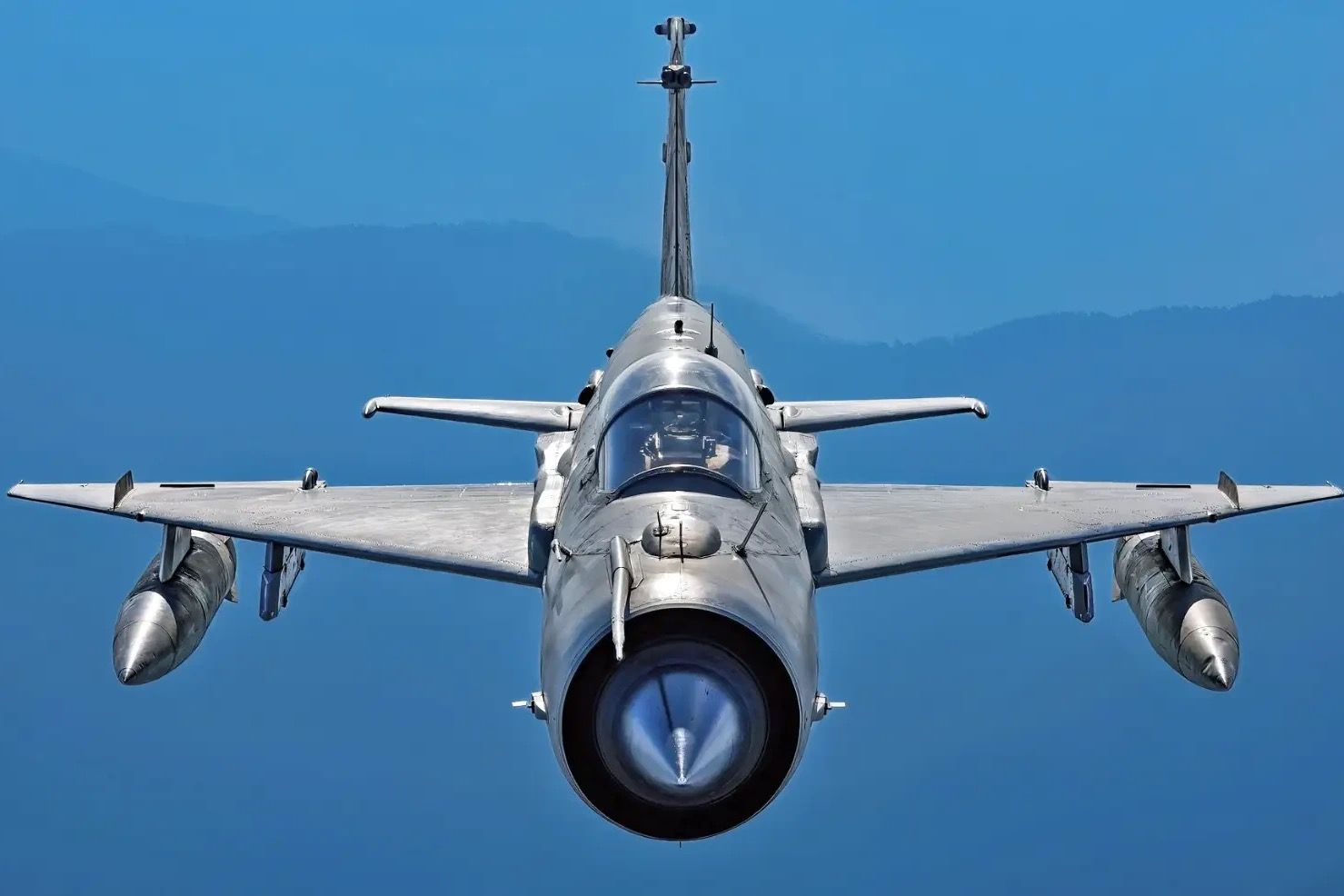
Photo: Indian Air Force
Cuban combat air force today (per WDMMA)
MiG-21s:
11
MiG-23s:
24
MiG-29s:
3
The South African Air Force even shot down a Cuban MiG-21 in 1981 (the Angolan Civil War included a sort of odd war between South Africa and Cuba). Also, in the Angolan Civil War, Cuban MiG-21s recorded their only aerial victory for Cuba, shooting down two C-130 Hercules (although the South Africans claimed it was a civilian C-130). Another Cuban MiG-21 was lost in Angola in 1987.
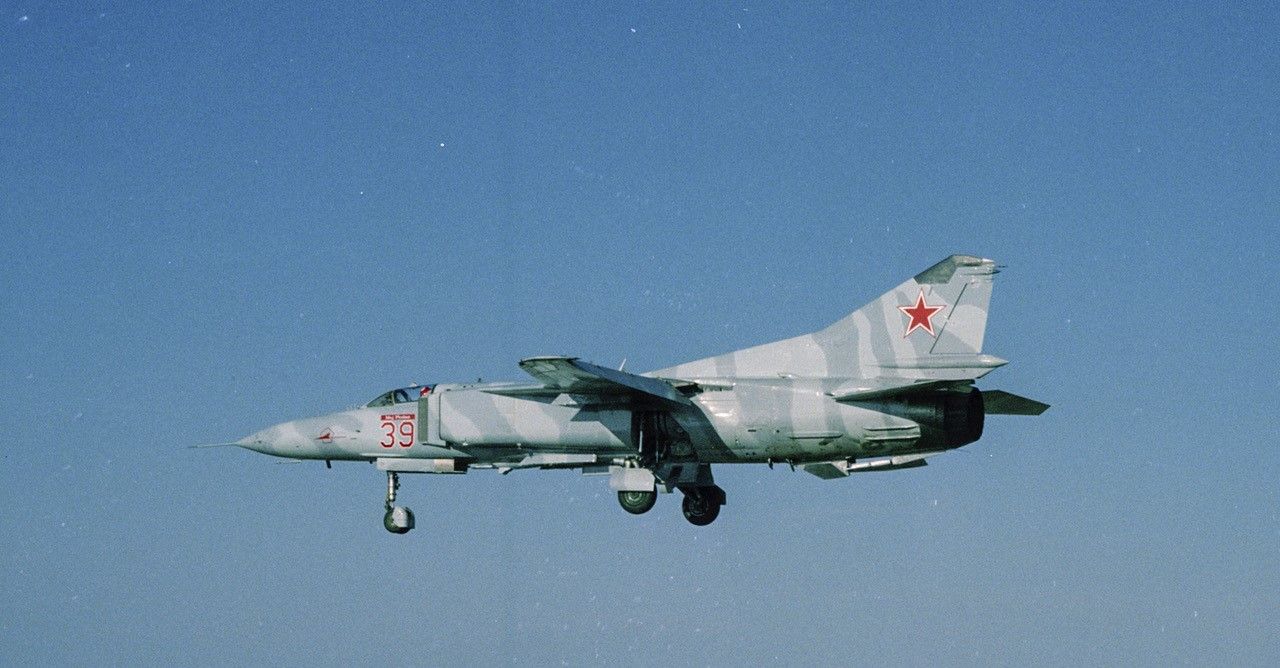
Photo: National Museum of the United States Air Force
The Cubans once operated 45 Soviet-made “Flogger” MiG-23s. The supply of these jets to Cuba drew the ire of the US. Cuba went so far as to arm them in 1983 in preparation to strike targets in Florida as the US invaded Grenada (at the time, Cuba was afraid Grenada was a precursor to the invasion of Cuba).
In the late 1980s, Cuba deployed 50 MiG-23MLs to Angola. Cuban records show their MiG-23s downed five South African aircraft (it’s strange that the Cuban Air Force’s biggest Cold War foe would be Apartheid South Africa far across the Atlantic).
In the twilight years of the USSR, Cuba planned to procure 35-45 “Fulcrum” MiG-29s, but economic problems reduced the number to only 14 MiG-29s (including two two-seat trainers).
Today, Cuba’s once mighty air force has aged and whittled down into obsolescence and irrelevance. Of these 14 MiG-29s delivered to Cuba in the late 1980s, only three are recorded as remaining in service, while only around 5% of Cuba’s MiG-21s remain. It seems that underinvestment and time destroy an air force just as surely as war.
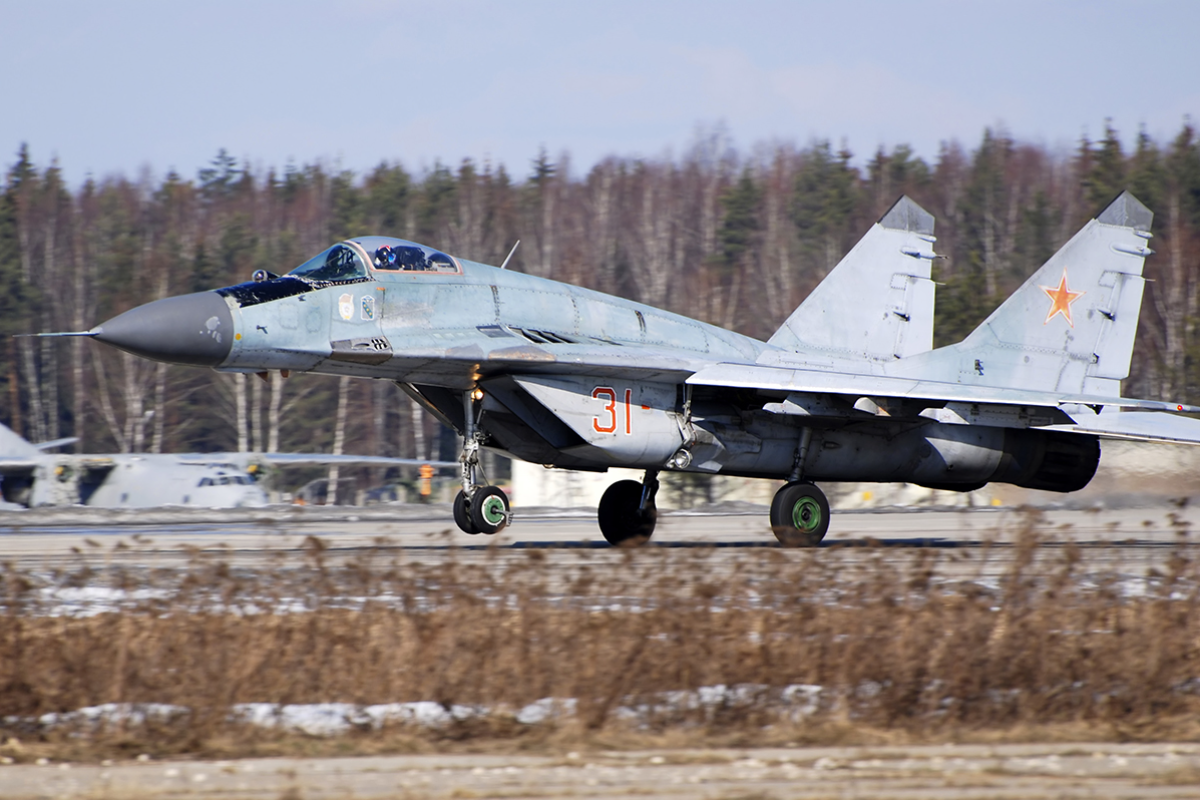
Russia may try to continue showing support for Cuba. However, there is little materially Russia can do for Cuba apart from steaming the occasional little flotilla to Cuba in solidarity. An ocean-going tug normally accompanies these little flotillas (Russian warships are liable to break down along the way).
 Related A Sordid Deal: The Poisoned Tale Of US Selling F-16s To Venezuela
Related A Sordid Deal: The Poisoned Tale Of US Selling F-16s To Venezuela
The 1980s sale of F-16s to Venezuela is one of the most significant South American arms sales that backfired.
Latin America’s limited fighter wings
At one point, the United States assisted Venezuela in developing what was possibly the second most powerful air force in Latin America after Cuba. However, it should be noted that no country in Latin America possesses a powerful modern air force.
The Chileans operate a limited fleet of F-16s, the Argentine Air Force has atrophied over the years to the point there’s little left of its combat wing, and the Venezuelan F-16s are in a very questionable state of readiness.
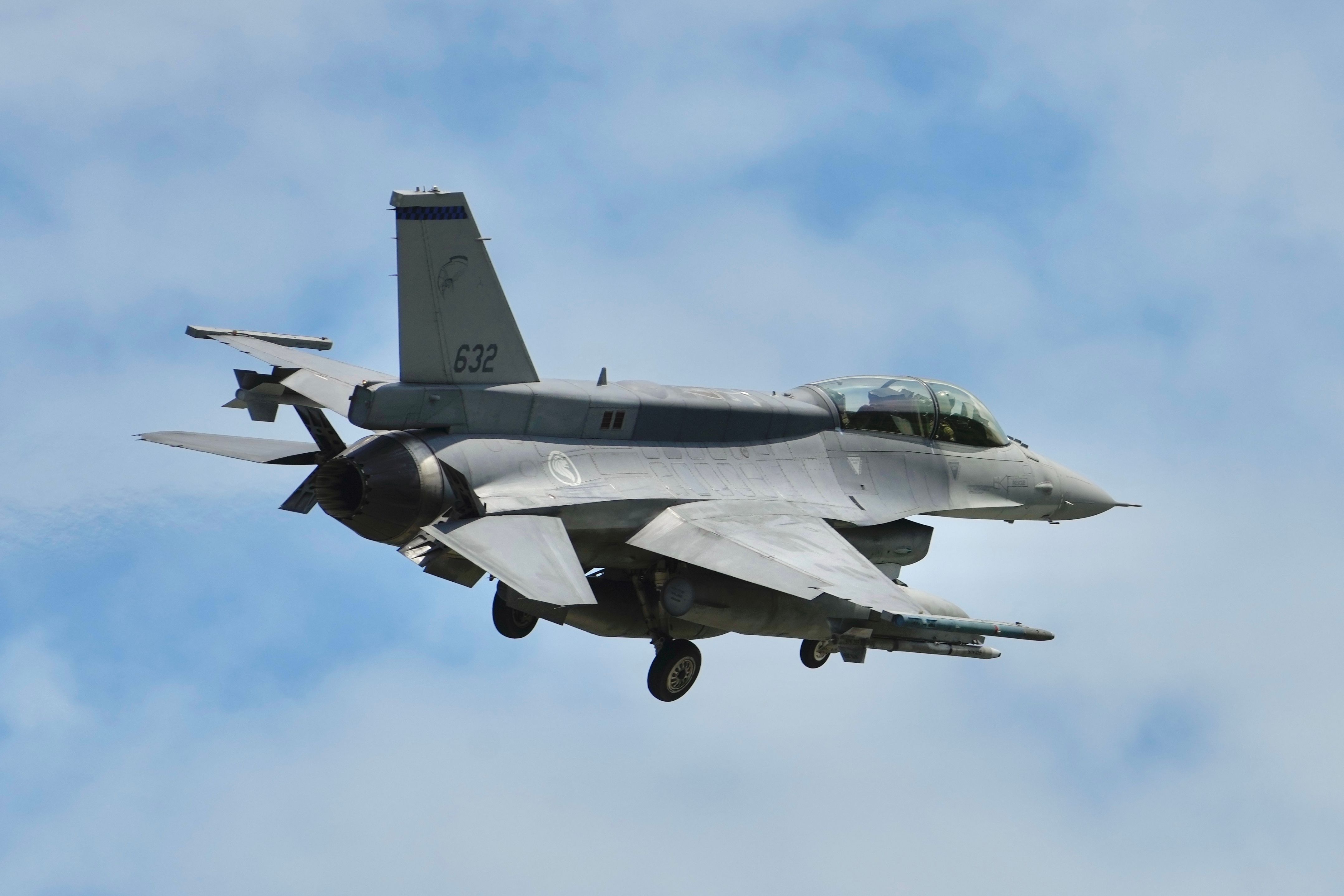
Photo:Â DLeng | Shutterstock
There are some moves in Latin America for air forces to at least modestly modernize their fighter wings. Notably, Argentina is purchasing a couple dozen retired Danish F-16s, and Brazil is receiving new-build Swedish Gripens (and possibly second-hand American F-16s).
Source link : http://www.bing.com/news/apiclick.aspx?ref=FexRss&aid=&tid=66b1064cd76d40078f35a6ac150b8230&url=https%3A%2F%2Fsimpleflying.com%2Fcuban-air-force-most-powerful-flying-museum%2F&c=3379047673370578718&mkt=en-us
Author :
Publish date : 2024-08-02 10:00:00
Copyright for syndicated content belongs to the linked Source.

